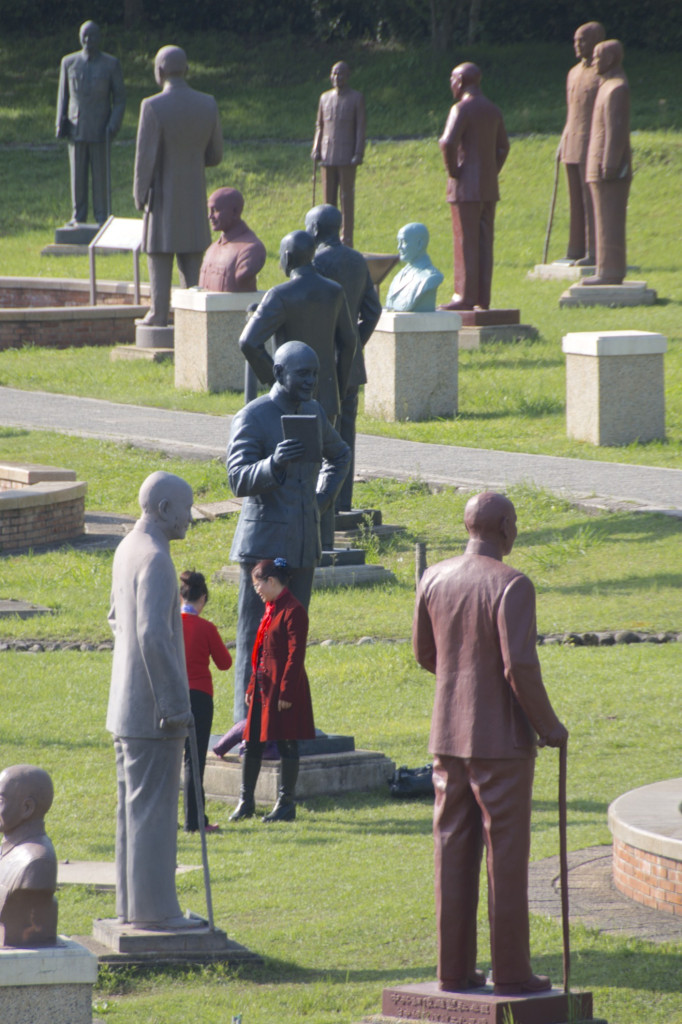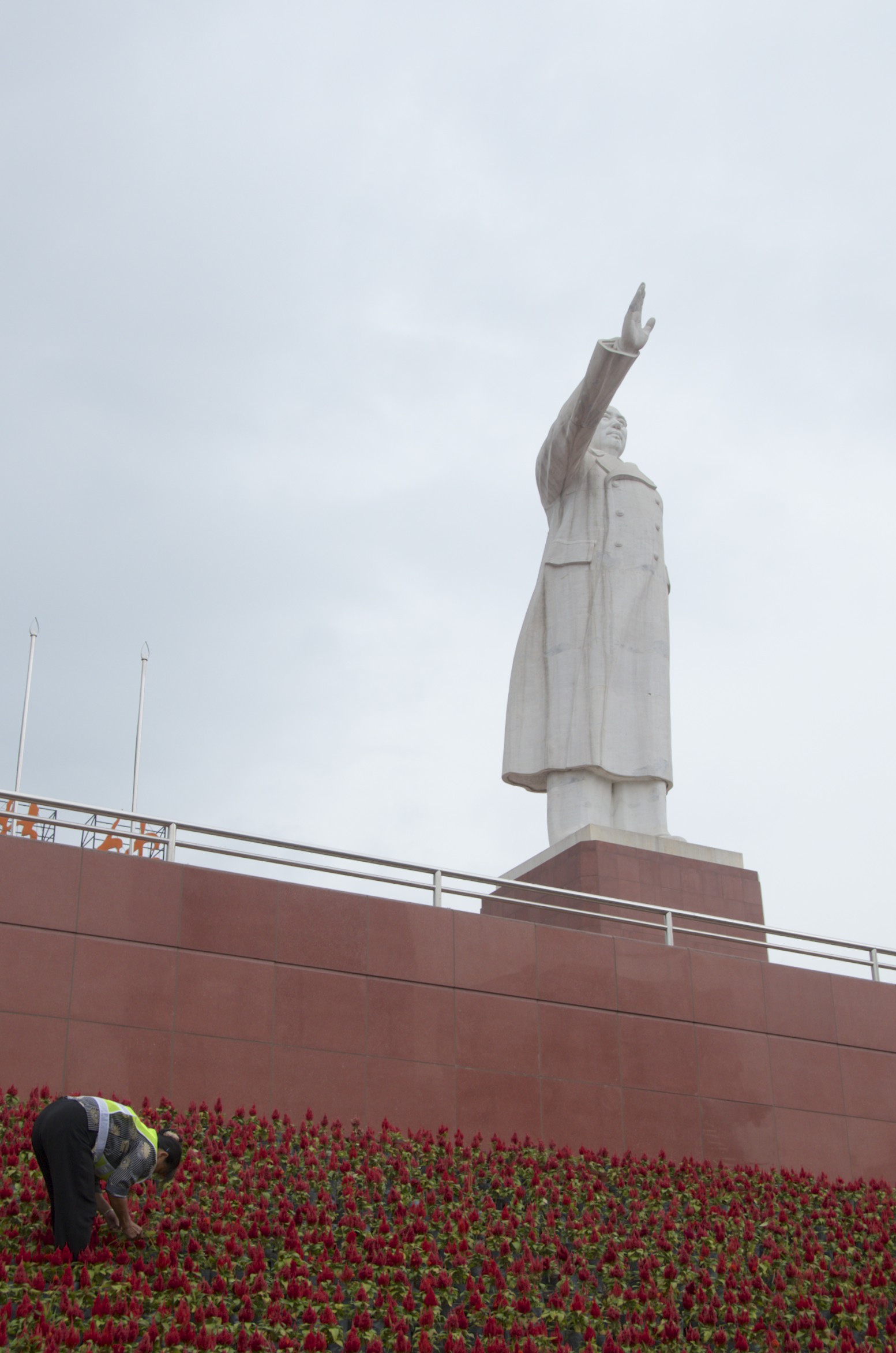By Tong Lam
One of the most iconic scenes in the 2003 German tragicomedy film Goodbye, Lenin!, which depicts drastic changes in daily life in the former East Germany soon after the collapse of the Berlin Wall, is a gigantic Lenin statue being flown away by a helicopter over East Berlin. Indeed, the end of the Cold War has triggered a wave of historical reinterpretations. Godlike founders and paramount leaders of many former authoritarian states, once seen as national heroes and state guardians, were quickly recast as dictators and tyrants. The de-mytholigization of these personality cults led to the removal and even demolition of many of the publicly displayed big statues of former political and spiritual leaders.
Taiwan’s democratization in the last two decades of the twentieth century, itself driven by the changing local and global political landscapes, likewise resulted in the removal of the island’s numerous statues of Chiang Kai-shek (1887–1975) from schools, military bases, and public spaces. Although Chiang was the leader who led the Republic of China in fighting the Second Sino-Japanese War (1937–1945), he and the Nationalists had to flee to Taiwan in 1949 after being defeated by the Communists in a bitter civil war. During the Cold War, the Republic of China in Taiwan experienced rapid economic growth, similar to that of other U.S. client states in East Asia. Yet, despite its economic success (and also not unlike many other U.S. client states), Taiwanese politics under Chiang were oppressive and monolithic. So, when external pressures and internal reforms finally turned Taiwan into a vibrant democracy in the early 2000s, the island went through a period of “de-Chiang-Kai-shek-ification” and even de-sinicization. In particular, many of the Chiang statues were dismantled and removed during the first decade of the twenty-first century, when an opposition party came into power and the Nationalists lost their hold on Taiwan’s government. The process of removing the Chiang statues all over Taiwan was often highly contentious, triggering not just painful memories of violent political repression under the Nationalists, but also bitter identity politics between those who identified themselves as Taiwanese and those as Chinese.

Although there are still Chiang statues in some Taiwan universities and public spaces, those that had been removed and dismantled were collected and re-erected in a public park near Chiang’s final resting place in Daxi, Taoyuan County. These reassembled, repainted, and rearranged Chiang statues are often placed so that multiple statues are staring at each other in a humorous way. In this clever exercise of massaging history through public art, there are even a few statues of Sun Yat-sen (1866–1925), the founder of the Republic who had handpicked Chiang as his successor, looking at Chiang from behind.
Interestingly enough, many tourists visiting the Cihu Memorial Statue Park where these Chiang statues are located are mainland Chinese tourists. One wonders what they are thinking when confronted with Taiwan’s complicated and entangled historical relationship with mainland China over the past few centuries. Some of these Chinese tourists no doubt think about the future fate of those oversized statues of the former Communist leader Mao Zedong (1893–1976) back home. Others perhaps pick up on the subtle desires for cultural and historical reconciliation within Taiwanese society that are embodied in this statue park.

Meanwhile, on the other side of the Taiwan Strait, although the Chinese government is still occasionally erecting new Mao statues, many others have been quietly taken down from universities and outdoor spaces in recent years. The politics of museum-ifying the past and the big statues in China are certainly different from those of Taiwan. Nonetheless, one wonders whether China will one day donate some of its overstocked Mao statues to Taiwan, so that Mao and Chiang can quietly look at each other and create a new symbol of historical and political reconciliation.


